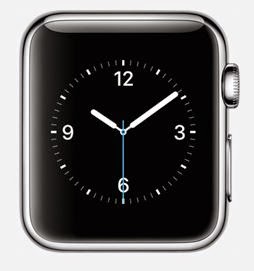In
most of the
articles about Microsoft's write-down of $7.6b on its Nokia deal, as well as the
source email itself from Satya Nadella, there is a reference to refocusing Microsoft's mobile efforts on three groups: business/enterprise customers, users of lower-cost phones, and "Windows fans".
The first is fine - I think that Microsoft's franchise has shifted to weight Office more than Windows and so targeting business makes sense (although I'm not sure how giving Office away for free works to earn profits).
The second is dangerous but perfectly plausible. Not a great customer base but big volumes can go a long way. Of course, for software, the margins are nearly 100% so competing on price is dangerous but fine (also, hard to see how this works well with targeting business users?).
But the third is baffling. Who is a "Windows fan"? I thought Windows was universal because users had no choice, not because users loved the brand. And I write brand very specifically. I don't mean that some users don't love a specific version of Windows (personally, I think Windows 7 is great and they really should have just fired everyone and kept raking in the profits from selling it for years). I mean that, given the multiple changes to the OS (especially on mobile but also more generally - see Windows 8 v 8.1), it can't mean that they love their Windows workflow (there is no such thing as workflows generally don't translate from desktop to mobile/keyboard to touch). And it can't mean for the APIs (programmers are not a big enough market to set as one of three core targets for sales). So it must mean a devotion to the BRAND. But that seems insane. And why do none of the articles even question the idea of their being a meaningful set of fans of the Window brand large enough to translate from desktop to mobile?
People like Android but, really, it is by defining themselves against iOS.
People like iOS but, really, it is either by defining itself against Android or against history. As the OS stops evolving so rapidly (there was no cut and paste only a few years ago...), there will be less to delight and the OS will just fade into the background. And, what people really like about iOS are the apps available and the integration with other Apple products at a core level.
But I don't think anyone LOVES Windows because there isn't another reasonable comparison. And the apps don't exist on Mobile. And I don't think the experience is really so different from Android or iOS that it matters.
So are there only two legs?















